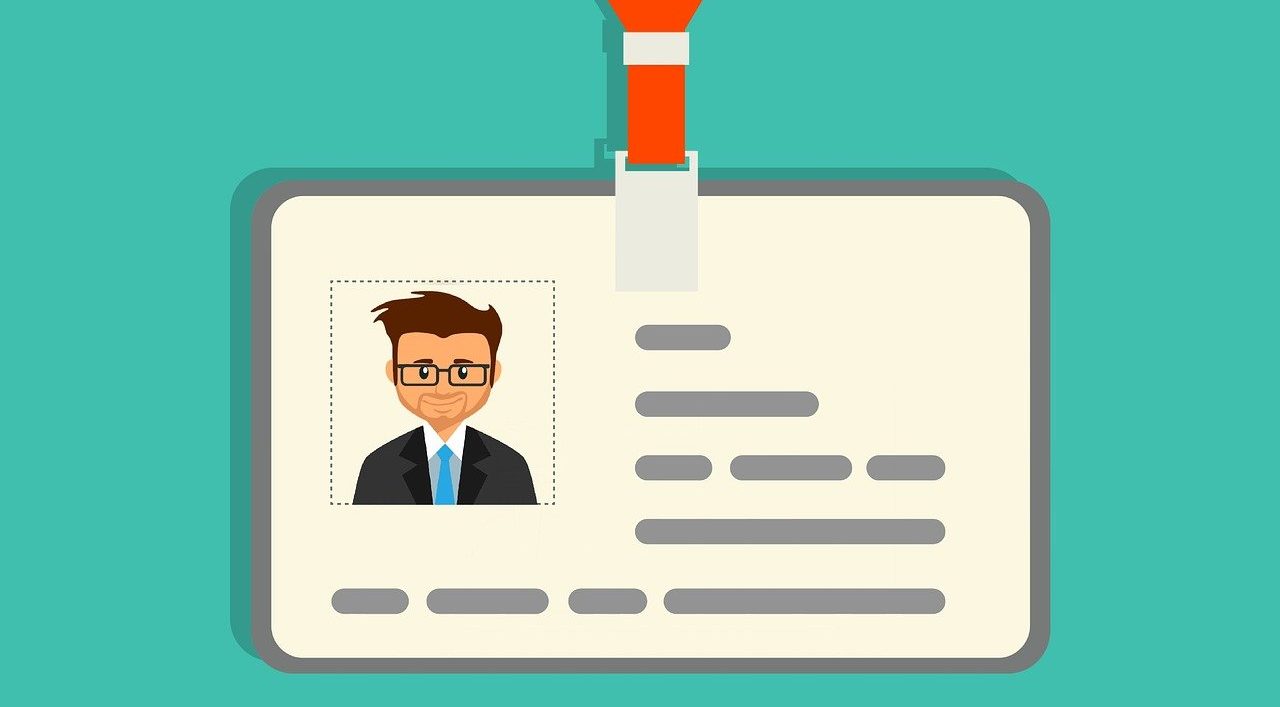When Mitch Daniels took office as Indiana’s Governor in 2005, one of the top items on his agenda was reforming the Bureau of Motor Vehicles (BMV).
At the time, the average visit to a BMV office lasted 30 minutes, but Daniels knew that it often took (and felt) much longer.
“I used to say that people went to an Indiana Bureau of Motor Vehicles office with a box lunch and a copy of ‘War and Peace’ and hoped not to finish both of them before somebody noticed they were there,” Daniels said in a 2015 interview with Reason magazine.
In 2019, the average visit time was 13 minutes, 4 seconds. The number jumped in 2020 and 2021 (the most recent year for which stats are available), first because of COVID restrictions and then staffing shortages. Still, 50% of transactions were completed in less than 15 minutes, according to the bureau’s 2021 annual report (the most recent report available).
Residents have noticed.
“Daniels revolutionized the state’s approach to its BMV, and just a few years later, an agency that had been almost universally despised enjoyed a customer satisfaction rating of 95.9 percent” in 2008, according to a study by the Sagamore Institute.
That work has continued unabated since Daniels left office in 2013, and the rating now sits at 98%, according to the 2021 annual report.
Indiana’s success reflects the complex discipline of CX and is built on three pillars: people, processes and technology. Here is how they did it.
Processes: Buying Into a Retail Model
Daniels’ goal, according to the Sagamore Institute, “was to transform the BMV into a fullservice retail experience.” In fact, the effort was led by a former sporting goods executive, who put together a customer service management team.
Initial changes included:
• Tracking customer visit time from entry to exit, not just the time waiting in line
• Revamping call center systems and processes (an effort led by someone who had developed a system for Columbia House, a mail-order music business)
• Designing a new process for handling mail-in registration
• Creating a merit pay system based on cash management
Daniels’ team also figured out that the state was charging too much for online registrations, essentially disincentivizing online transactions. “The team cut the online prices $5.00 below those of a visit to a branch, and online volume shot up,” the institute found.
People: Adopting a Customer-centric Mindset
A 2021 study by Deloitte notes a close link between employee engagement and customer satisfaction, citing the Indiana BMV contact center as an example.
When Justin Davis joined the BMV in 2017 as Contact Center Director, the employee attrition rate there was almost 200% per year, while customer satisfaction ratings were sinking. The bureau found that unhappy employees tended to provide poorer service, using negative language or rushing to end calls. From a constituent perspective, such behavior diminishes trust in government as a whole, Deloitte found.
Davis, now the BMV IT Director, said they identified three ways to improve the employee experience:
• Streamline the scheduling process
• Offer more breaks
• Improve training
In an interview with MOVE, the magazine of the American Association of Motor Vehicles Administrators, Davis said creating a better work environment made it easier to train employees to work more effectively with customers.
In 2018, the bureau made a big training push, updating curricula and ensuring that all employees received training in their first two weeks on the job, according to the BMV’s 2018 annual report.
Technology: Connecting With Customers
The only thing more frustrating than waiting in a long line to accomplish a simple task is having to take time off from work to do it. That’s why the BMV Connect program has been so successful.
BMV Connect is a self-service kiosk that is accessible around the clock for people looking to conduct routine transactions, much like an ATM. To access services, customers simply scan their driver’s license and swipe their credit card.
Customers can conduct more than a dozen transactions, from getting or renewing vehicle registrations and printing decals to renewing a driver’s license and replacing an ID card. Although numerous services are available through the myBMV website, the kiosks provide state-of-the-art technology, including quality printing.
Kiosks are located in branch office lobbies and at select Kroger grocery stores. In its first full year, the program handled 98,000 transactions. In 2021, the program exceeded 850,000, according to the 2021 annual report. All told, 43% of BMV transactions in 2021 were performed using either the myBMV website or BMV self-service kiosks.
Residents will need to find other times and places to work their way through “War and Peace.”
This article appears in “Improving Customer Experience: A Nuts-and-Bolts Guide.” For more insights on how to improve constituent trust when providing services, download the guide here:





Leave a Reply
You must be logged in to post a comment.